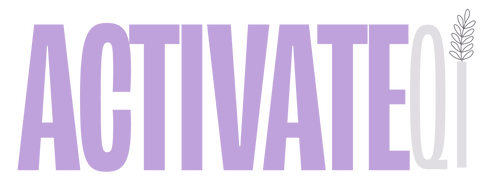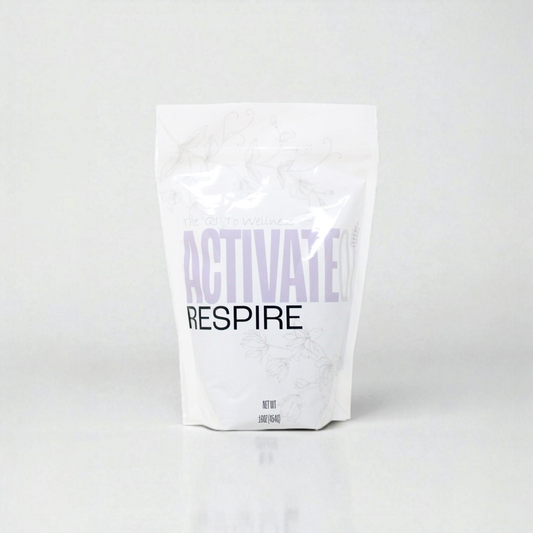When most people hear the phrase “calming supplement,” they immediately think of sedation — something to make a horse, dog, or even a person less reactive by dulling their senses. But that’s not what Relax was designed to do. Instead, Relax works by supporting the nervous system itself, improving balance, resilience, and overall wellbeing — without leaving the body sluggish or disconnected.
The Nervous System: More Than “Stress Control”
The nervous system is the body’s command center. It regulates how we — and our animals — perceive, respond, and adapt to the world around us. When it’s in balance, the nervous system allows for:
- Clear thinking and decision-making
- Healthy blood pressure regulation
- Smooth communication between the brain and the body
- Emotional stability and resilience
But when the nervous system is strained — whether by chronic stress, poor sleep, environmental toxins, or nutritional imbalances — the body begins to show signs of distress. This can look like:
- High reactivity in horses or dogs
- Difficulty relaxing or settling down
- Elevated heart rate or blood pressure
- Anxiety, tension, or poor focus
- Restlessness that doesn’t resolve even with “calming” aids
Why Sedatives Aren’t the Answer
Sedatives may quiet outward behavior, but they don’t resolve what’s happening within the nervous system. In fact, they often create dependence or dullness, masking symptoms rather than restoring balance.
With Relax, the goal isn’t to suppress responses — it’s to strengthen the body’s ability to self-regulate.
Relax in Action: What It Supports
Relax works by nourishing the organs and pathways that influence the nervous system and circulation. This approach helps:
-
Support healthy blood pressure by improving balance between constriction and relaxation in the vessels.
-
Calm without sedation so horses, dogs, and humans remain alert but centered.
- Nourish the Heart and Liver systems (in TCM terms), which are deeply tied to emotional balance, circulation, and stress resilience.
Promote relaxation by addressing root imbalances rather than applying a quick-fix bandage.
For Humans, Horses, and Dogs
Just as humans struggle with nervous tension, high stress, or blood pressure issues, so do our animals.
-
Horses may show nervous energy at shows, during training, or with changes in environment.
-
Dogs may struggle with restlessness, nervousness, or reactivity to loud noises and household stressors.
- Humans often deal with the daily toll of overstimulation, poor sleep, and stress-driven spikes in blood pressure.
Relax supports all three by helping the body naturally re-establish nervous system balance and smooth internal communication.
Why Relax is Different
Relax is not a shortcut or suppressant. It’s a formula designed to restore balance at the root level. By working with the body instead of against it, Relax helps bring about lasting stability — making it a supportive tool for nervous system health and cardiovascular wellbeing.
✨ In short: Relax isn’t about sedating — it’s about strengthening. Whether for you, your horse, or your dog, it’s a natural way to support calm, clarity, and circulatory health from within.
Sources




